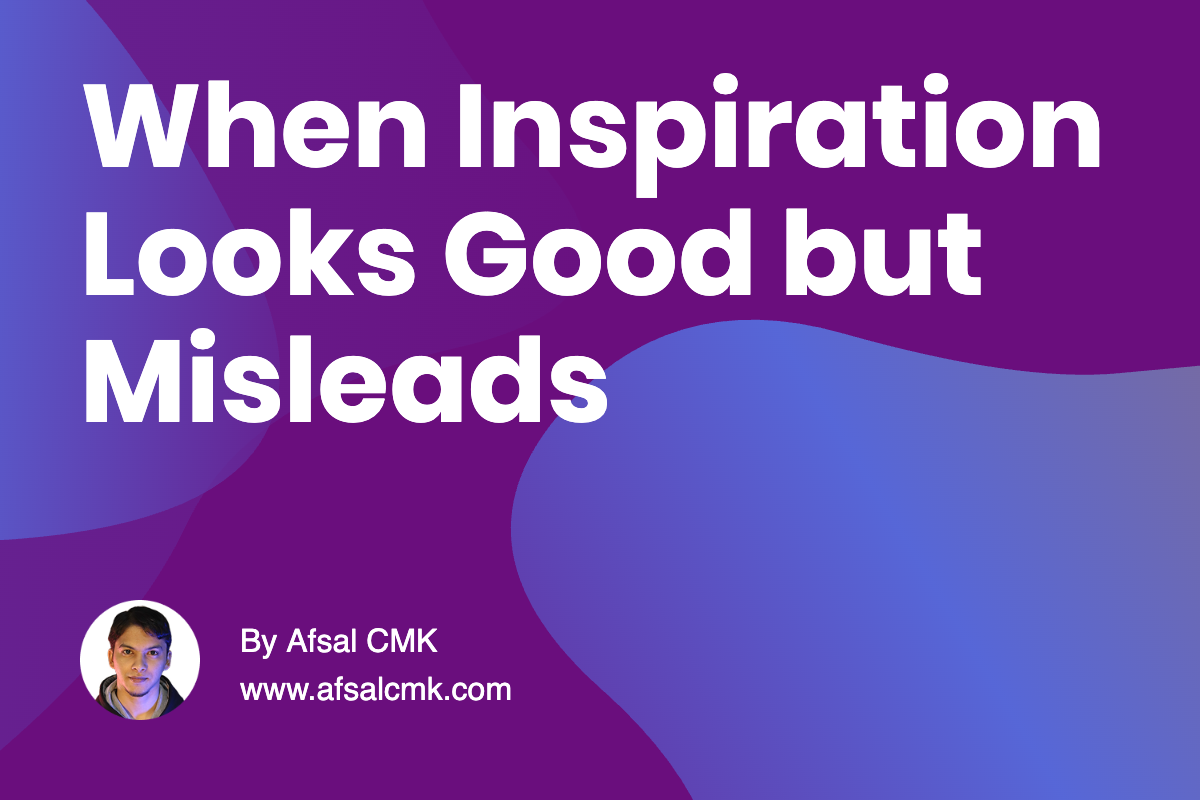
When Inspiration Looks Good but Misleads
When you’re starting out, it’s tempting to bring every shiny idea you see in other apps into your own work. Smooth animations, infinite scrolls, clever microinteractions-they all look impressive. But here’s the truth: what works in one app can completely fail in another. Blind inspiration isn’t design, it’s imitation without understanding.
You have to remember that apps exist for different purposes. Social platforms are built to capture attention and keep people engaged. Utility apps are built for speed-helping someone finish a task and move on. If you drop social media patterns into a utility app, you’ll frustrate users who came for clarity, not entertainment. Good design isn’t about following trends; it’s about aligning with intent.
I’ve seen teams copy features simply because “everyone else has it.” The result? Cluttered products, wasted effort, and experiences that feel out of place. Inspiration is valuable, but only if you filter it through your product’s goals and your users’ needs.
Here’s how you can turn inspiration into something useful:
- Understand the context – ask what problem the original pattern solved and whether your users share it.
- Match intent to product – utility apps need speed, social apps thrive on engagement. Don’t blur the lines.
- Adapt instead of copying – take the principle, not the exact design, and reshape it for your context.
- Validate with users – test borrowed ideas in your product before assuming they’ll add value.
As you grow, you’ll realize that inspiration isn’t about making your work look trendy. It’s about sharpening your craft with purpose. The best designers don’t just follow what looks good-they understand why it works, when it applies, and how to adapt it. That’s the difference between copying trends and creating real impact.